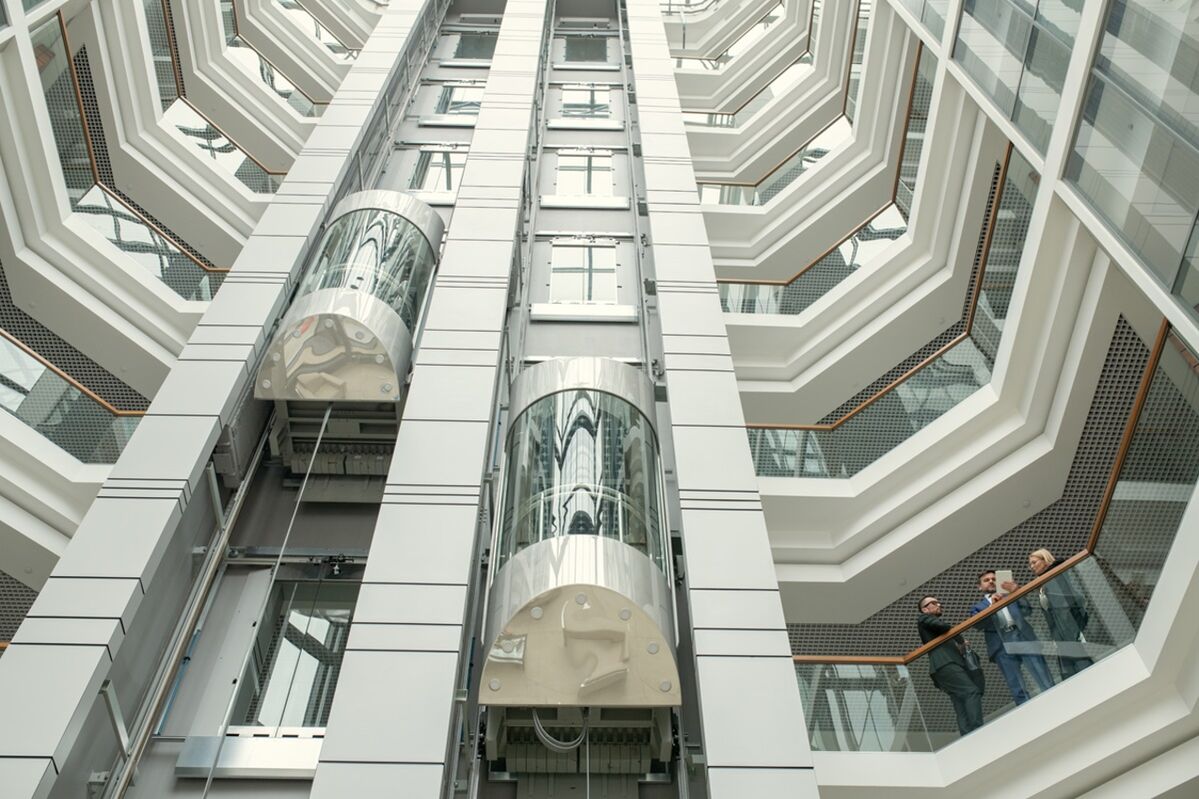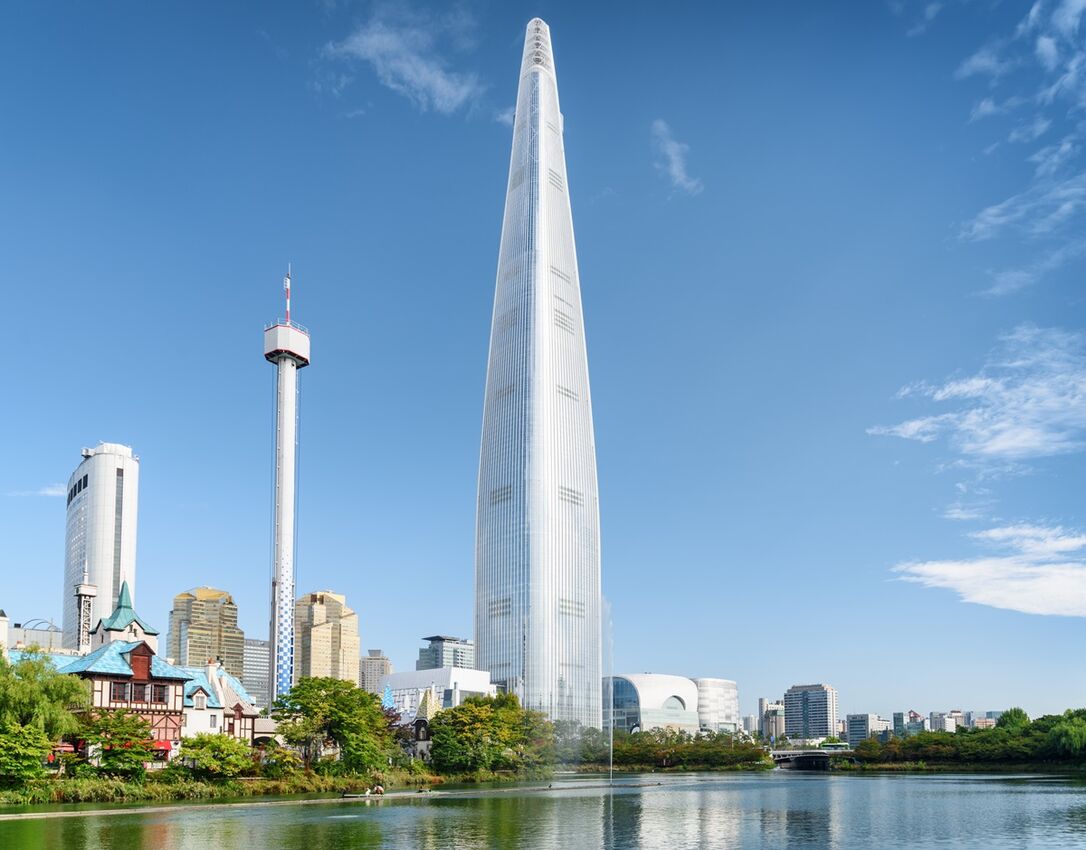Facts you didn't know about lifts and elevators

Lifts or elevators, as some call them, are a vital technology in our everyday lives, and they have greatly impacted modern architecture and design.
Lifts are used for many different purposes, with commercial lifts used for transporting goods, whilst a home lift helps people with limited mobility access all the floors of their home.
The creation of this travel system means we are now able to move quickly through multiple levels regardless of weight. In the present day, you can see lifts and elevators being used at all kinds of locations, including hospitals, schools, shopping centres, airports, and major attractions to name just a few.
But how much do you really know about lifts? In this guide, we provide a range of interesting and surprising facts about the history and technology of lifts.
Must-know facts about lifts
When were lifts invented?
According to the Designing Buildings website, the earliest known record of a lift can be traced back to Roman architect Vitruvius, who reported Archimedes to have built the first one in 236 BC.
The website says: “At the time, lifts were made from hemp rope and powered by animals or people; a vast difference to the modern lift.”
Are there any other early examples of lifts?
It is believed that King Louis XV ordered one of the first one-person passenger lifts, the ‘flying chair’, in 1743. The lift was at the Chateau de Versailles and is believed to have been operated by hand.
Known as the ‘Russian Archimedes’, Ivan Kulibin was the first person to create the first lift driven by a screw-drive mechanism, and it was installed in the Winter Palace. This was a significant step in the history of lifts and was a precursor to the modern passenger lifts you see today.
During the Industrial Revolution, steam-powered lifts made it possible to transport goods in bulk, and they were used in mines and factories. In 1823, the London architects Burton and Hormer built the first hydraulic lift, called ‘the ascending room’, a tourist attraction powered by steam that offered people a panoramic view of London.
A few years later, in 1846, Sir William Armstrong built a hydraulic crane to help load cargo onto ships. His creation used a water pump that worked with water pressure to raise and lower the platform.
ALSO READ: The home lift glossary and jargon buster
When was the first passenger lift installed?
In 1870, the Equitable Life Building in New York was the first in the world to have passenger lifts installed.
When was the first electric lift built?

The first electric passenger lift was built in 1880 by Werner von Siemens, a German electrical engineer.
How many lifts are there in the UK?
In an article on BBC News in 2010, the Lift and Escalator Industry Association (LEIA) estimated that there were 250,000 passenger and goods lifts in the UK.
Lifts are the safest way to travel
The resource website Elevator History says that lifts are the safest way to travel, with some resources stating that they are 800 times safer than cars, 35 times safer than aeroplanes, and 20 times safer than escalators.
ALSO READ: What's the best alternative to a stairlift?
What is the longest lift in the world?
According to the Guinness Book of Records, the tallest elevator in the world is at AngloGold Ashanti's Mponeng Gold Mine in South Africa, which in three minutes drops 2,283 m (7,490 ft) in a single descent – more than 4.5 times further than those in the world's tallest building, the Burj Khalifa.
What are the world’s fastest lifts?

The Designing Buildings website says the Lotte World Tower in Seoul, South Korea, holds the record for the world’s fastest lift. The lift can travel from the basement to the observation deck on the 121st floor in one minute.
Other fast lifts and elevators can be found in the following buildings:
- Shanghai Tower – China
- Taipei 101 – Taiwan
- Yokohama Landmark Tower – Japan
- Sunshine 60 Building – Japan
- John Hancock Center – USA
- Jin Mao Tower – China
ALSO READ: Answering your questions about lift maintenance and repairs
Four is the magic number
The Elevator History website reveals that the average daily trips taken by the elevator user is four.
As this guide highlights, homelifts not only make your home accessible, but they are an incredibly safe way to travel. You can contact Companion Homelifts here to find out more about the different home lift products that are available.
For more tips, guides, and advice, visit our news page.
